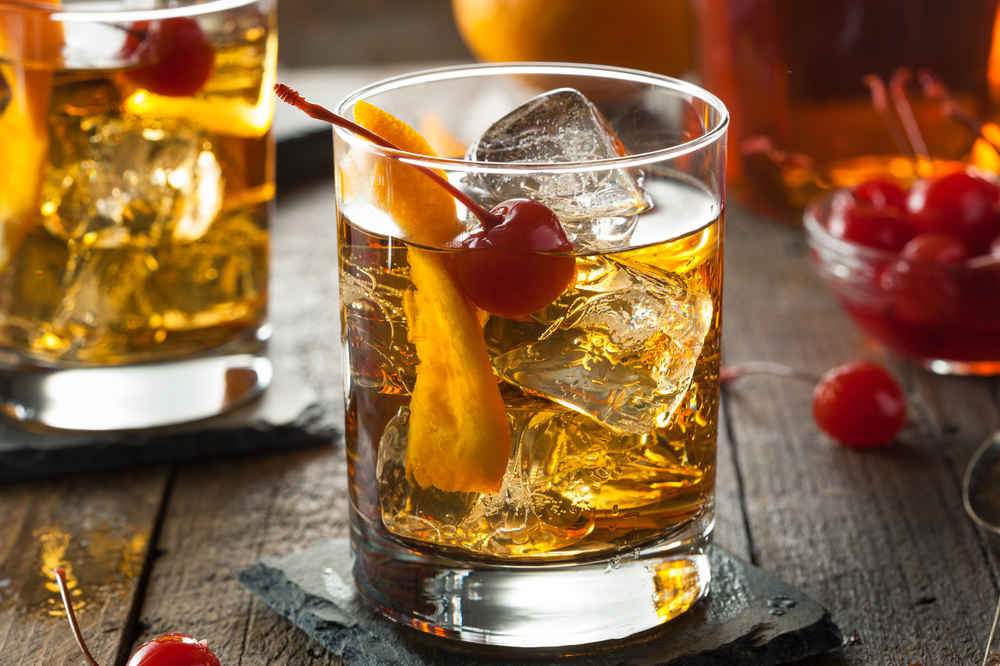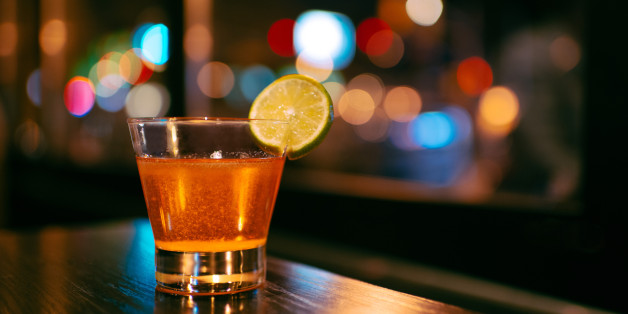Formatting Your Menu For Success
The most common practice with menu planning and organization is ensuring that the COG of each menu item is up to date, the item is priced correctly and -most importantly- that it is profitable for your establishment. Then, you edit or remove those that don’t fit these criteria and replace them with an item that will improve your bottom line. But have you thought about the layout of your menu?
A modern design that suits your location’s style is all well and good but arrangement is just as important; and science backs it up. People have conducted multiple tests on consumers and how they choose their drinks and meals based on menu placement, wording and other factors; and these results are helps us build even more profitable menus. Here are some menu formatting tips and tricks to get your mind working down this avenue.

Remove Dollar Signs
A study by the School of Hotel Administration at Cornell University, New York, tested three different methods of displaying menu pricing: numerical prices with dollar signs, numerical prices without dollar signs and prices written-out in words. Their results showed that consumers are significantly more likely to spend more money on numerical menu items without currency signs i.e. 12.00 not $12, than either of the other formats.
This wasn’t a wide-ranging study by any means but it shows that way you display prices on your menu effects how customers think about prices and that it can increase their overall spend at your location; in turn increasing your average check and bottom line.
Strategic Organization
This all depends on the style of your menu, whether it be a single-sheet, bi-fold, or tri-fold, and the science changes a little for each style; so a bit of research is required on your part. However, the general premise is that a customer doesn’t begin by reading a menu from start to finish like a book. Their eyes skip all over it before they settle down to actually reading it.
The gold ticket here is that this skipping of the eyes isn’t random. It generally follows a certain pattern and it’s in the location of these first glances that you should put your most profitable and eye catching items. This can make them stick in your customers minds for later and increases the chance that they will order them.

Rewording Items
There are two theories associated with the wording of menus. The first is the minimalist approach where you put in nothing but the ingredients, the second is where you selectively describe item on the menu to boost the customers desire for them. The first method come from the idea that, in today’s world, people scan read menus rather than actually read them. The second method is designing your menu to make customers taste what you’re describing i.e. crispy chicken, or juicy red fruits. Consequently this selective “taste” describing method has actually proved to induce customers to purchase items they can “taste” when they read them.
Consequently the first method is more suited to drinks menus and the second, to food menus; although craft beer and wine menus with tasting notes may benefit from the second method.
Next time you go out to a restaurant look at the menu and then concentrate on where your eyes actually go first, what items fill these spaces? You can always learn a lot from others, both what to do and what not to do.
Sit down with your menu and read it afresh, as though you’re a first-time guest, what pops out at you? What is quite dull and needs livening up, what might be too over exuberant. Science never lies, try incorporating some of these rules into your next menu edit and see what changes come about.



